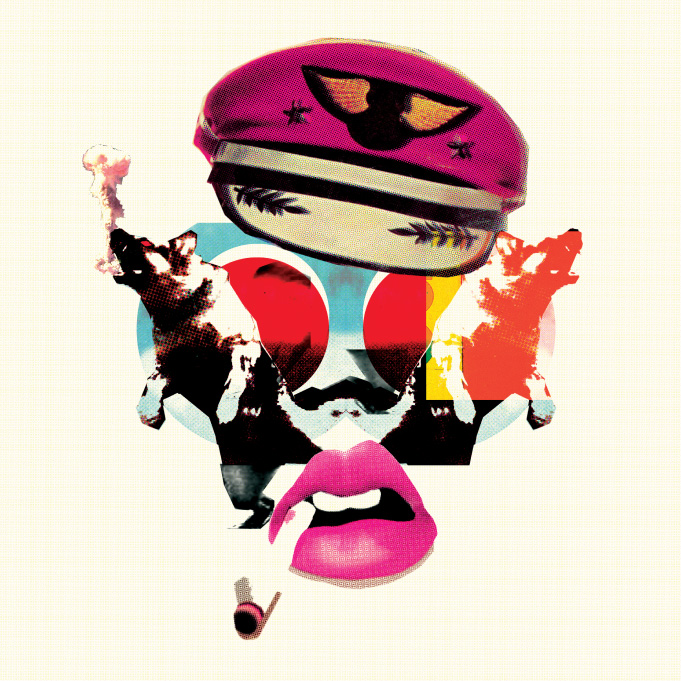

But Madlib’s music formed the perfect sonic backdrop for Doom’s raps, allowing the man born Daniel Dumile to explore the metal-faced villain’s pysche further, and play around with the various aliases he’d developed over the years. Madlib’s hectic, almost slapdash arrangements – comprising warped jazz loops and woozy samples layered over fractured drum beats – were a sharp contrast to the 80s-slow-jams-meets-classic-Hip Hop-breaks recipe Doom had cooked up on his solo material.

The album pulled in critical acclaim and commercial success from far beyond purely Hip Hop parameters. But it was Doom and Madlib getting together for the Madvillainy joint that really sent their respective stock in the game stratospheric. By the end of ’03 the awesome Champion Sound – ‘Lib’s full-length collaboration album with the late, great J Dilla under the crew name JayLib – was already blowing up. At the same time, Madlib had built a steady buzz with his LA-based crew Lootpack, before issuing the excellent The Unseen under his Quasimoto alter-ego in 2000. Doom had re-emerged towards the tail end of the 90s (following the collapse of his deal with Elektra as part of KMD) and dropped the classic Operation: Doomsday album on revered underground label Fondle ‘Em. MF Doom and Madlib were already major players on rap’s independent circuit in their own right before they joined forces as Madvillain in 2004. But it’s not simply a case of rapper A stepping into the booth while producer B gets behind the boards with guest appearances kept to a minimum, these albums have thrown up some genuine curveball – as well as classic – collaborations. 2014 has possibly been the most impressive run yet, with Run The Jewels 2, Freddie Gibbs and Madlib’s Pinata and the Bishop Nehru/MF Doom NehruvianDOOMcombo all blowing up. Yet the past few years have seen the ‘one-plus-one’ MC/producer line-up re-emerge on a number of one-off standalone projects. With so many producers and guest appearances in one place, albums soon begin to resemble compilations.

Peep the credits of almost any rap LP since about 1997 and you’ll find a platoon of producers drafted in by the rapper (or, possibly, the label) to cover as many bases and check off as many boxes as possible: the underground street heater, the crossover radio jam, the club banger, the Neptunes and/or Timbaland spot, the southern collab’, the west coast joint, and so on. Yet there’s a case to be made that they have often clouded the focus and identity of albums. It’d be silly to suggest multiple-producer albums don’t work – in fact they’re pretty much the accepted norm in rap today. As marquee names such as Nas, Biggie and Jay scored critical and commercial success on the back of albums that boasted a multitude of beat-makers, almost every other emcee pretty much followed suit. I be the H.N.I.C The head nigga in charge The boss, the Captain Crunch dog, the sarge The M.O.B.B., the status - we large The guns, the drama, the love, the Mobb The H.N.I.C The Head Nigga in Charge The guns, the drama, the love, the Mobb The boss, the Captain Crunch dog, the sarge The M.O.B.B.Whether it was Big Daddy Kane spitting fire over Marley Marl’s game-changing drum-machine magic, Guru and Premier setting the benchmark for consistency with one classic Gang Starr album after another, or Missy Elliott’s boundary-pushing work with Timbaland, the one-emcee-and-one-producer unit has served Hip Hop well over the years, throwing up a stack of classic material in the process.īut the accepted practice of rappers sticking largely with just one producer per album gradually fell out of favour as the ‘90s progressed.


 0 kommentar(er)
0 kommentar(er)
